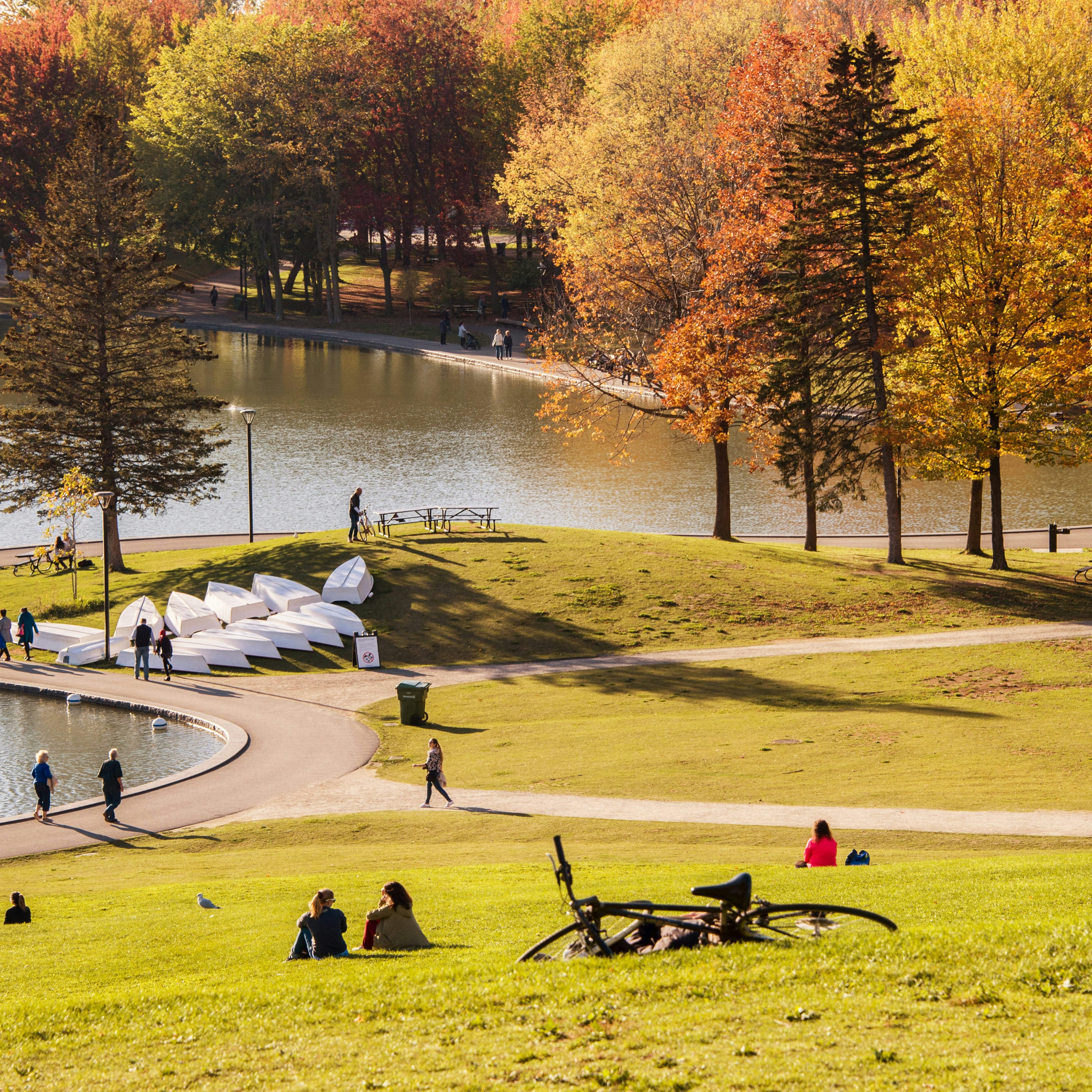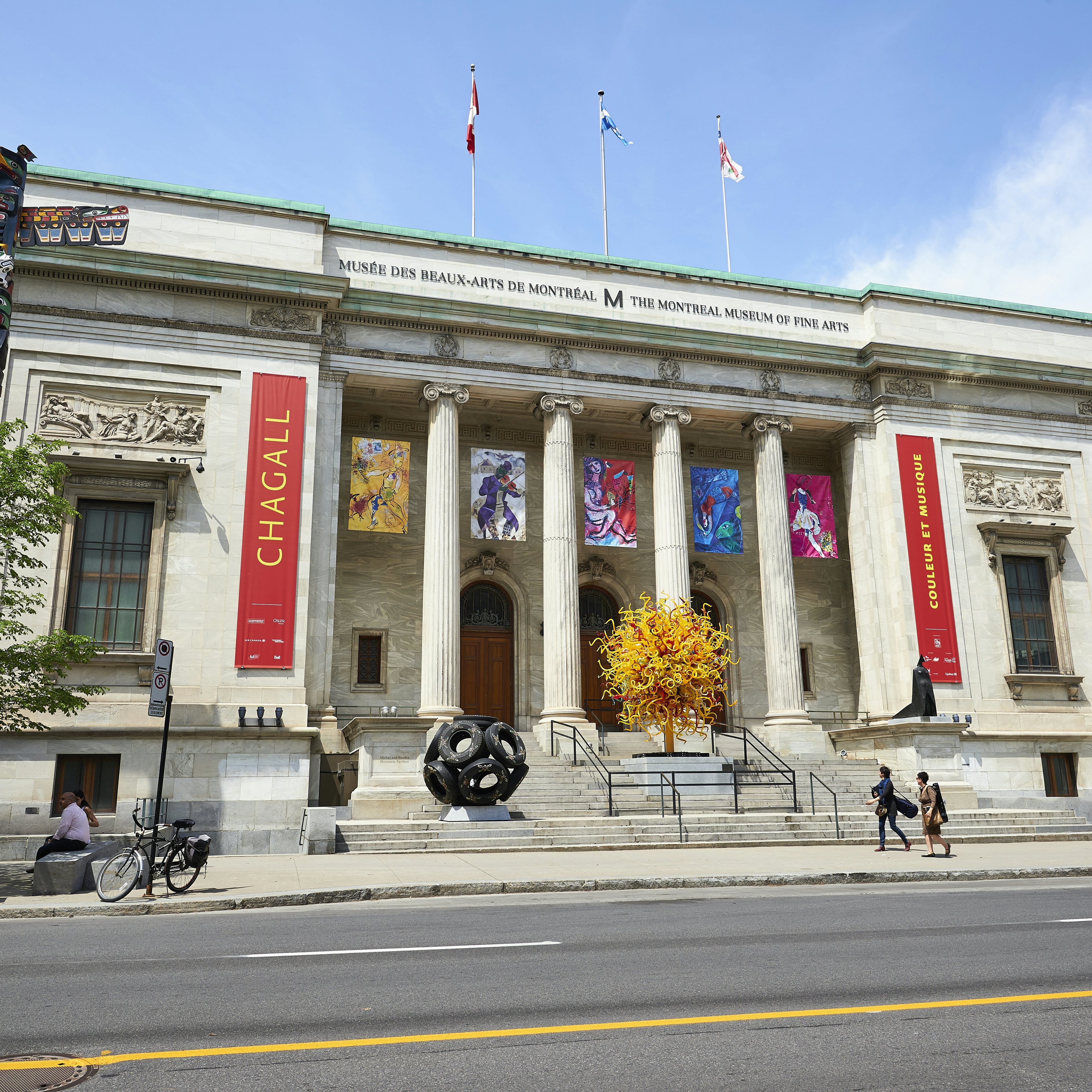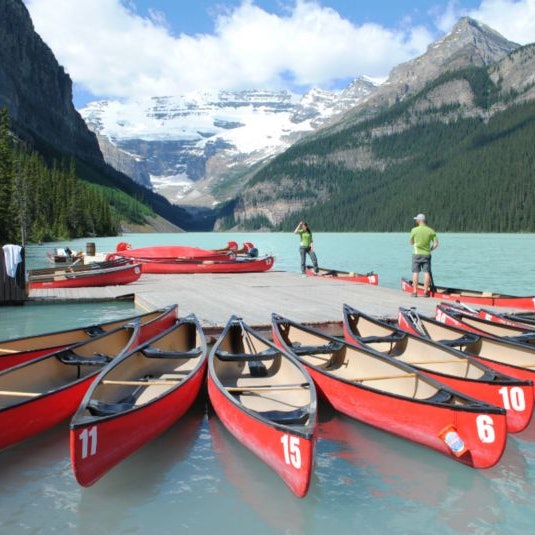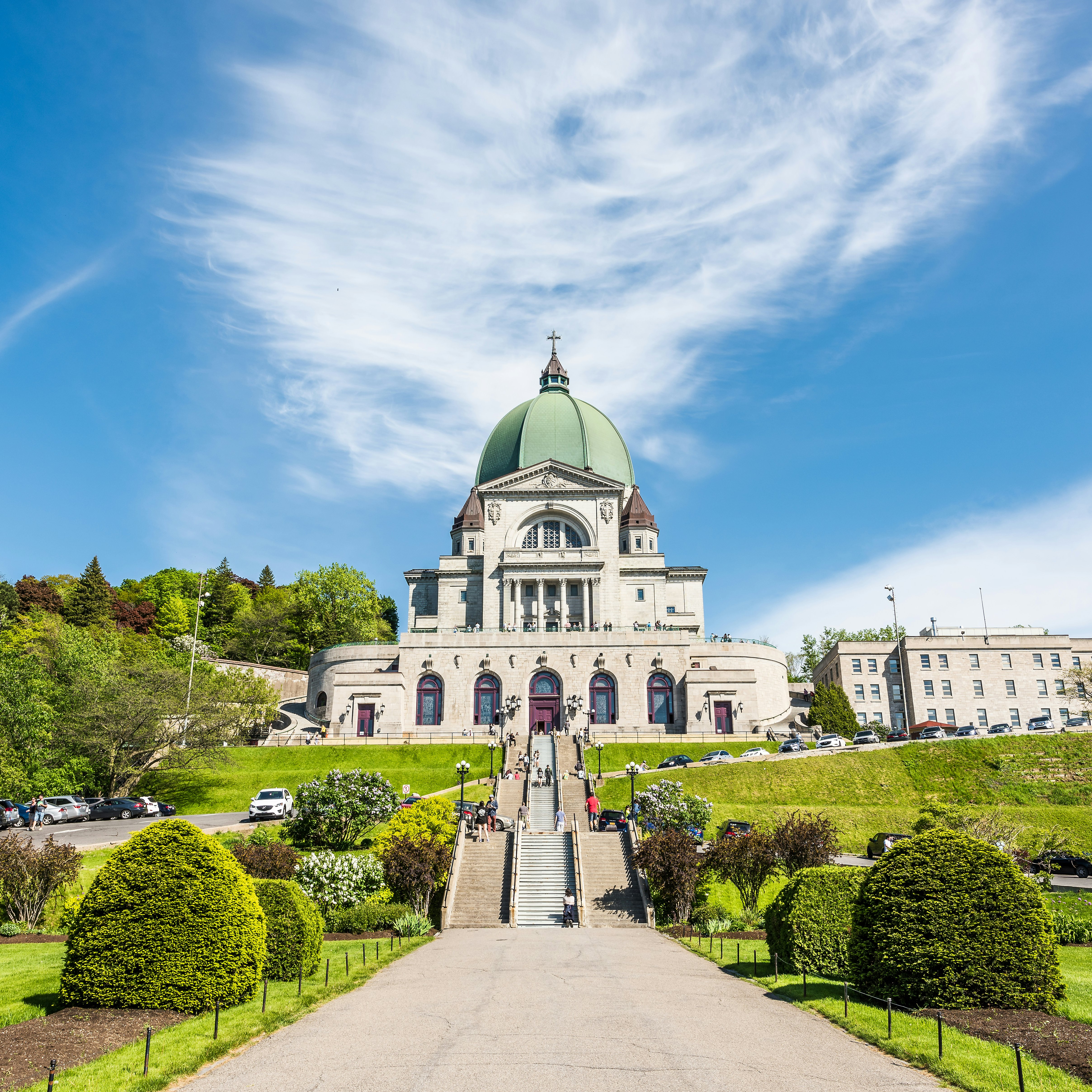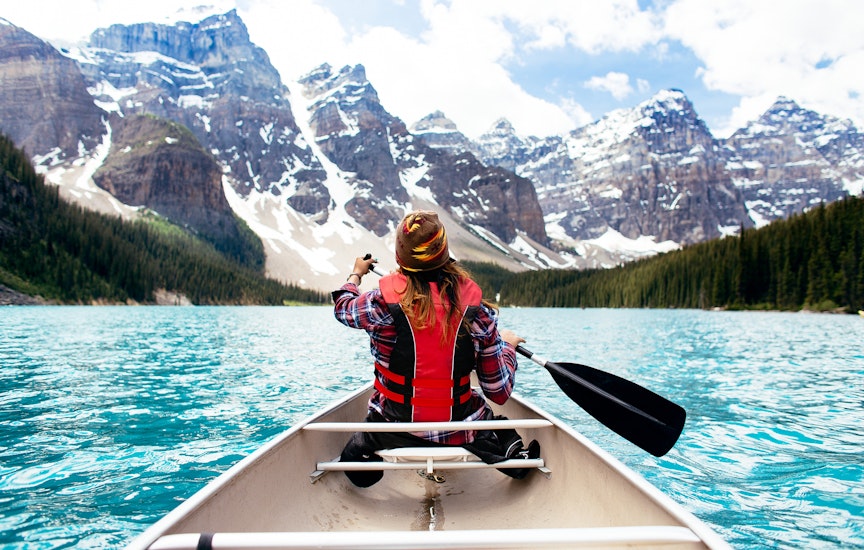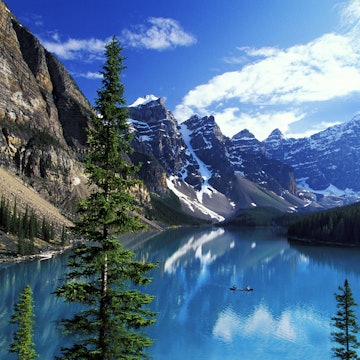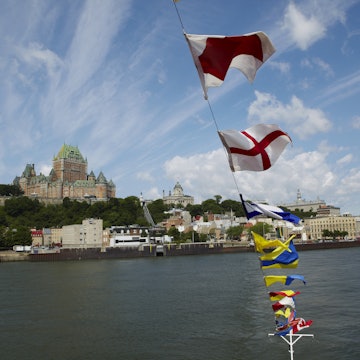

Gavin Hellier / Stocksy United
Overview
Canada is more than its hulking-mountain, craggy-coast good looks: it also cooks extraordinary meals, rocks cool culture, and unfurls wild, moose-spotting road trips.
Leave the planning to a local expert
Experience the real Canada. Let a local expert handle the planning for you.
Must-see attractions
Planning Tools
Expert guidance to help you plan your trip
Best Things to Do
Canada offers a range of exciting treats, from historical sites to summer festivals to wild rivers. We narrow down our top 12 for you.
Read full article
Best Places to Visit
From the natural glory of Niagara Falls to Montréal's international jazz festival, Canada offers so much to do. Here are the top places to visit.
Read full article
Best Time to Visit
From outdoor summer excursions to spring festivals to winter fun, Canada merits a visit in any season. Here’s your full guide.
Read full article
Things to Know
First-time visitors will benefit from these tips on planning, etiquette and health and safety as they plan their trips to Canada.
Read full article
Transportation
Crossing Canada’s vastness might seem like a daunting challenge – and it can be. Our guide to getting around the country will help.
Read full article
Visa Requirements
Many travelers to Canada need a visa or Electronic Travel Authorization to visit. Here's a quick guide to the visa requirements for Canada.
Read full article
Money and Costs
Travel in Canada on a budget with these money-saving tips.
Read full article
Traveling with Kids
Canada offers an abundance of wide open spaces and bustling metropolitan areas that are sure to surprise and delight the kids who visit - and their parents.
Read full article
Best Road Trips
Canadian road trips promise massive glaciers, spectacular fauna, raw coastline and uncompromising wilderness you'll find only in northern climes.
Read full article
Get a book. Get inspired. Get exploring.
in partnership with getyourguide








